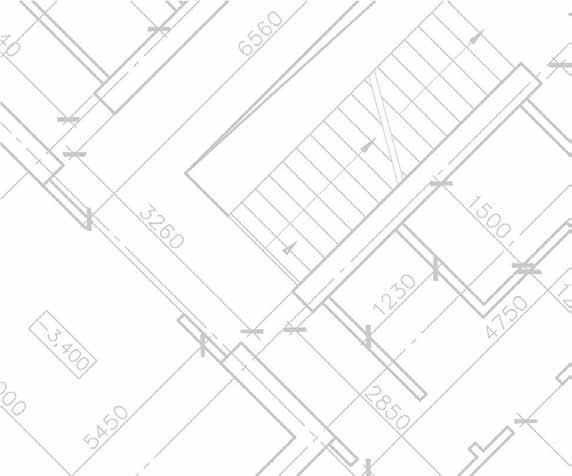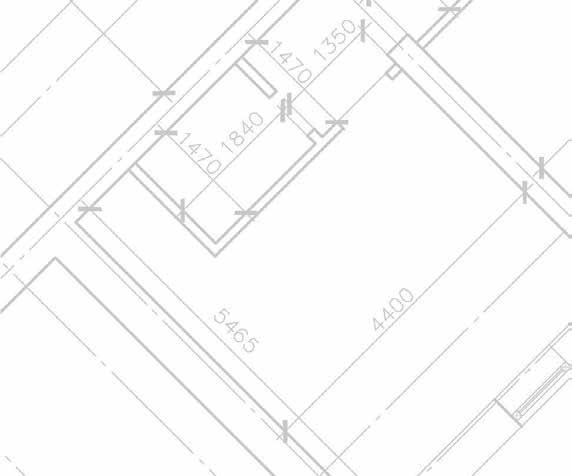
3 minute read
Up in the Air
By Gary Hewitt, DipWSET, CWE, FWS, Sommelier
Grapes grown at high altitudes make distinctive wines; the best, like other top wines, have fine balance, complexity, and age-worthiness. However, all refinement can be obliterated in wines consumed at high altitude. In fact, even top Sommeliers face a tremendous challenge in finding wines that, when sipped in the confines of an airplane, reach their full potential.
Above 32,000 feet, the regulated atmosphere in an airplane cabin resembles that of a mountain desert. The air pressure is low, like one would experience at an altitude of 6,000–8,000 feet. The oxygen in the air can be 20%–25% lower than on the ground—making us lethargic. And, according to Aviation Business News, the relative humidity of 5%–12% causes “dehydration of the eyes, sinuses and mucous membranes; nasal congestion and sinus pressure; altered perception of flavours; and a significant reduction (up to 30%) in smell and taste.” Ouch! When we also consider the loud noise (approximately 85 decibels), constant vibration, proximity of fellow travellers, and plastic “glassware,” we have to admit that these are not ideal wine-tasting conditions. As if that weren’t enough, the highly efficient ventilation system that refreshes, cleans, and circulates cabin air can flush away a wine’s bouquet.
Many airlines are working hard to provide an optimal food and wine experience. Foods can be adapted by increasing levels of umami or spiciness, but wines come as they are and must be selected for the conditions. Singapore Airlines, renowned for its culinary program, takes its wine selection seriously: it employs a panel of two Masters of Wine and a famous wine writer (Oz Clarke) to evaluate wines in a pressurized chamber that mimics the airplane environment. Similarly, Lufthansa Airlines commissioned extensive tasting experiments controlled for air pressure, relative humidity, airplane noise, and vibrations. Their results, combined with good old-fashioned experience, support an industry-wide belief that successful in-flight wines are fruity with low acidity and tannins: Argentine Malbec and New World Chardonnay are typical examples. Sadly, wines with subtle complexity, such as fine, mature reds, fare poorly because the cabin cacophony overwhelms their delicate charms.
Sparkling wines, including Champagne, are favoured by some commentators, possibly because bubbles bursting on the tongue release wine aromas that flow directly from the mouth to olfactory sensors in the nose, giving a fuller impression of the bouquet. Others suggest that the high acid and lean flavours of sparkling wines make for an unpleasant experience. Clearly, and happily, personal experimentation is needed to answer this question.
Air Canada’s consulting Sommelier Véronique Rivest brings a traveller-centred approach to tasting at altitude: “Simple answer: make them happy. Offer wines that will be uplifting rather than tiring. I aim for lighter and fresher wines (even among full-bodied options) so wine brings a sense of freshness and not heaviness.” Perhaps Véronique’s emphasis on comfort is a shorthand way of dealing with the phenomenon of cross-processing that occurs among our senses. For example, loud noises, including music, diminish our ability to taste sweet or salty but increase the impression of umami and crunchiness. Such considerations led British Airways to experiment with nasal sprays (this proved unpopular) and soundtracks played through noisecancelling headphones to enhance flavours.
Passengers benefit from airplane manufacturers’ continuing efforts to build more comfortable planes with slightly higher cabin air pressure, less noise and vibration, and draft-free and fresher air. A little mood lighting could also help—wines taste fruitier under red lights, spicier under blue or green.
You can also do a few things to maximize your vinous enjoyment at altitude. To combat dehydration, drink plenty of water; ask for a hot beverage and breathe in the rising steam; keep lips, skin, and eyes moisturized; and consider wearing a mask, which helps trap the moisture that you exhale. In addition, maintain an open and positive attitude toward airline wines but expect familiar wines to taste different. And, finally, if you have the wherewithal, to enjoy the best wine selections and tasting ambiance, book business or first class!
Trust Manitoba’s most awarded master renovator and custom builder to bring your dreams to life.

Backed by our team’s over 200 years of combined experience, we offer the gold standard in custom homes, luxury home additions, sleek kitchen and bathroom makeovers, heritage renovations and restoration—and, of course, the finest in wine cellar design.



We are proud to give back to our community through the Harwood Foundation.
HarwoodBuilders.com








